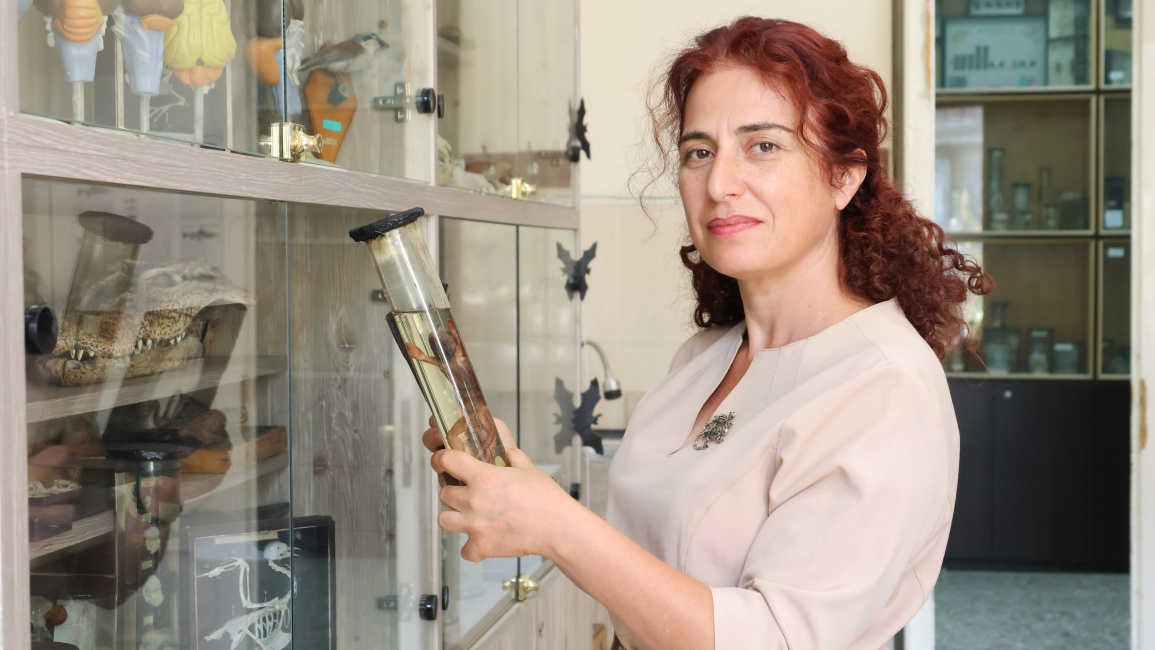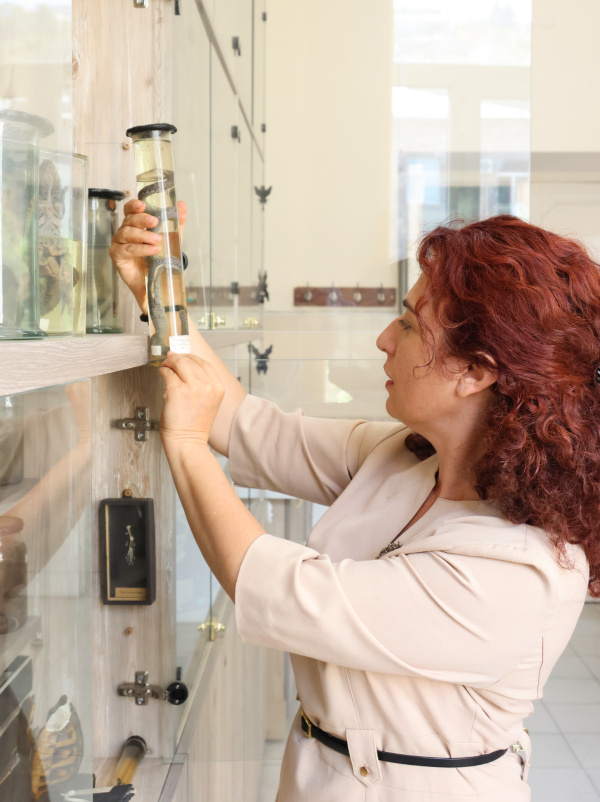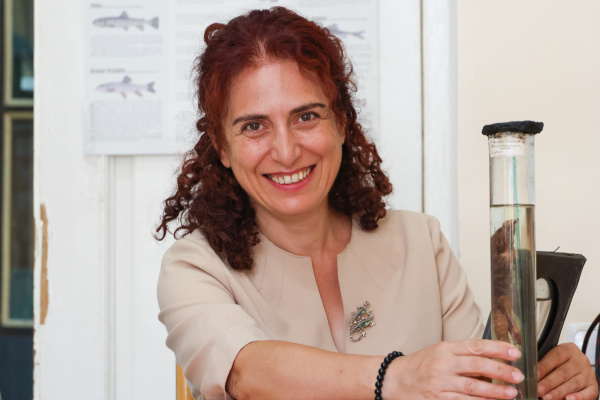September 05, 2024 | 14:05
Science
Research
Publications and scientific journals
YSU scientist’s article as basis for developing secondary legislation
A group of Armenian scientists, supervised by Professor Marine Arakelyan, Doctor of Biological Sciences, Head of the Zoology Chair at the YSU Faculty of Biology, has published a scientific article on invasive animal species of Armenia in the Q2 international journal "BioInvasions Records".

The article examines 40 alien animal species that were either deliberately introduced or arrived by chance in Armenia at various times and from different locations. It provides detailed information on the currently known places of distribution of these invasive species in Armenia, assesses potential threats to the country's biodiversity and human health, and includes information about the number of these species.
The research was conducted as part of a grant from the Higher Education and Science Committee of the RA Ministry of Education, Science, Culture, and Sport (MoESCS) for the scientific project "Systematization and Distribution Modeling of Endangered and Most Dangerous Invasive Animals in Armenia". Based on the results, the RA Ministry of Environment has developed secondary legislation aimed at studying the spread of invasive species, limiting their import, and increasing public awareness about their use.

Marine Arakelyan states that a comprehensive scientific article on invasive species in Armenia has been published for the first time. Previously, research focused solely on invasive plants in Armenia.
Most of the invasive species presented in the scientific article are insects. However, invasive fish species are also notable, with the stone moroko being one of the most numerous and rapidly spreading species in Armenia. Small in size and unfit for food, the stone moroko currently dominates Armenian water reservoirs, driving local fish out of ecological niches, preying on their feed, caviar, and small fish, and spreading diseases that affect other fish species.
Another focus of YSU scientist's research is unisexual parthenogenetic lizards found in Armenia. Populations of these lizards are represented only by females, which breed without males. During the last ten years, the professor has compiled her findings on this topic and, in 2023, published a scientific article titled "The Evolution of Parthenogenetic Lizards" in the Q1 international journal "Current Zoology".
"In the article, I explored the origins of parthenogenetic lizards, highlighting that they emerge from the cross-breeding of bisexual, non-parthenogenetic lizards under stressful conditions. This stress contributes to the emergence of these parthenogenetic lizards. I also referred to their development rate, noting that these virgin lizards reproduce and develop relatively quickly," the professor said, emphasizing that parthenogenetic lizards are genetically identical, much like clones.
Parthenogenetic lizards were first found in Armenia, with subsequent findings of other species in different countries. The YSU professor, in collaboration with foreign scientists, is studying the mechanism by which these lizards reproduce without males and how a single parthenogenetic lizard can give rise to multiple offspring.

Marine Arakelyan notes that research conducted during the Soviet era suggests that parthenogenesis can also be induced in birds and mice. At one time, parthenogenetic offspring were artificially created for turkeys. While mammals possess genes that can facilitate parthenogenesis and an egg can theoretically develop into a new embryo, there are inherent mechanisms in the body that inhibit such processes.
"We are currently exploring a hypothesis according to which parthenogenesis exists in all organisms, and it appears when unfavorable conditions are created, rendering the presence of males unnecessary. While cross-breeding with males leads to genetic diversity in offspring, parthenogenesis is akin to cloning, as it results in offspring that are genetically identical to the original," said M. Arakelyan.
As part of her studies, the YSU professor visited several foreign universities, including those in Italy, the Czech Republic, Germany, and Austria, and carried out field research works in Vietnam, Malaysia, and Brazil.

